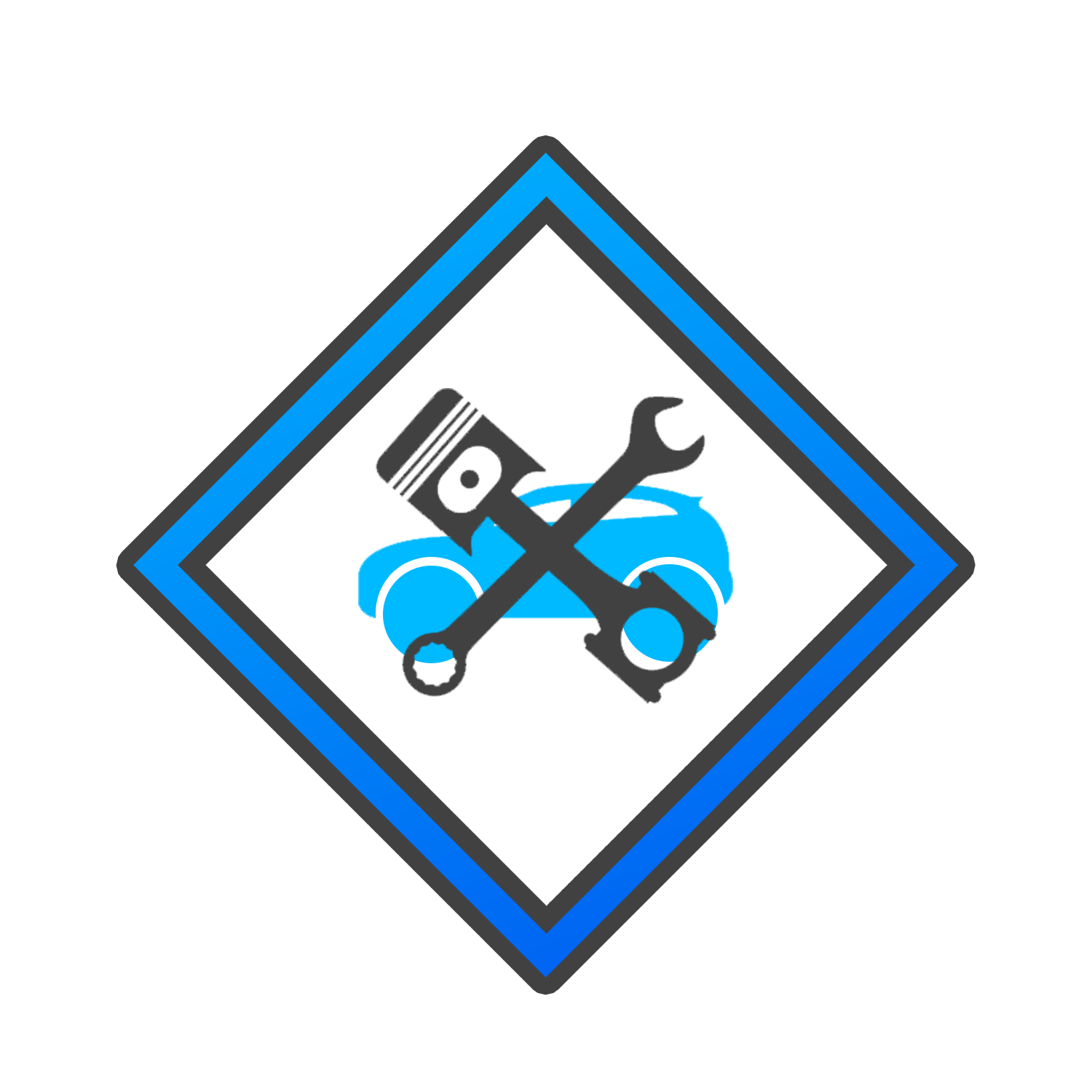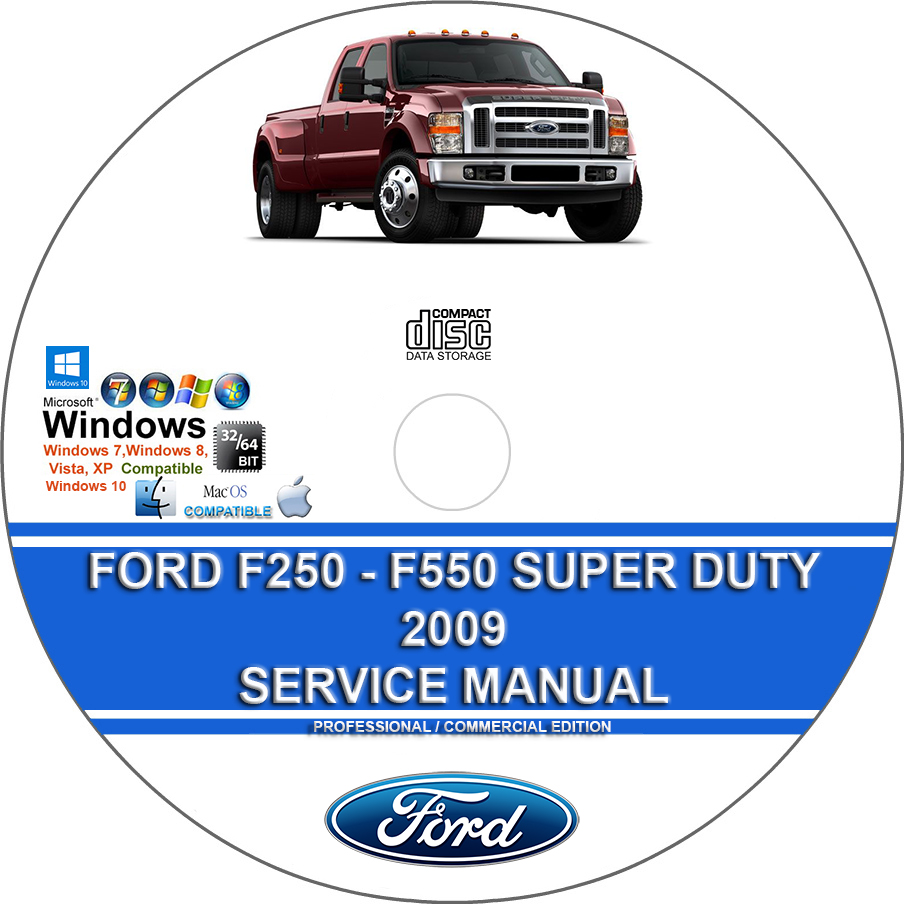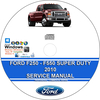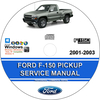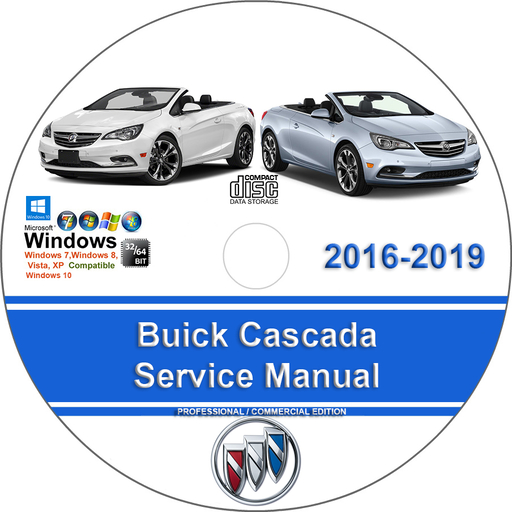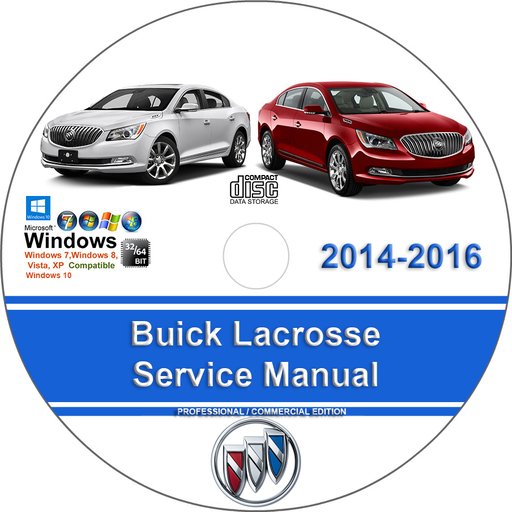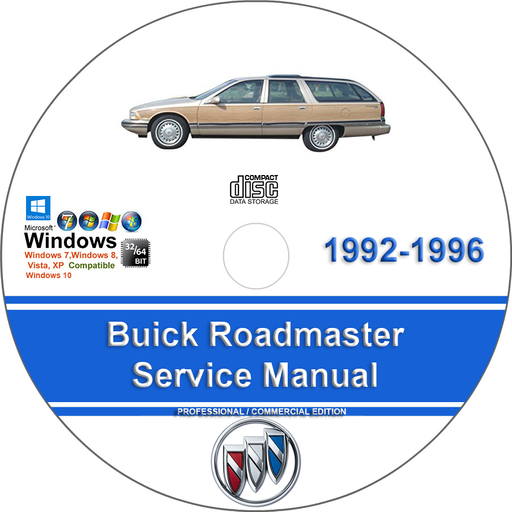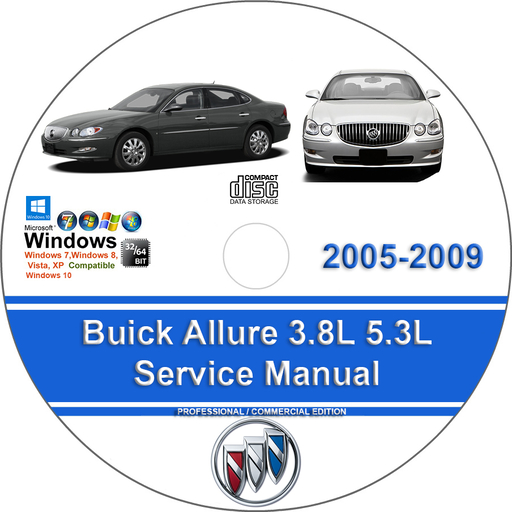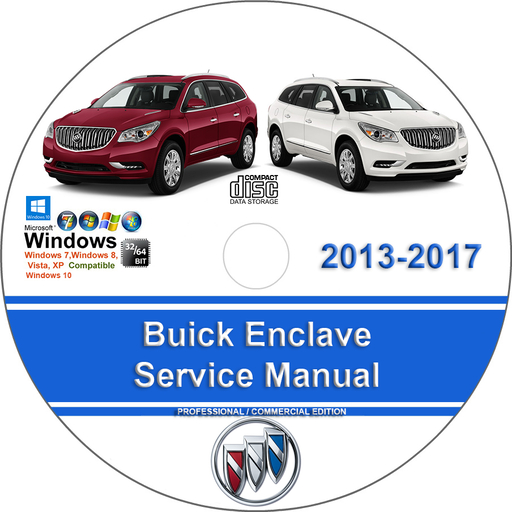Ford F250 F350 F450 F550 Super Duty 2009 Factory Workshop Service Repair Manual
$39.00 – $48.00Price range: $39.00 through $48.00
Ford F250 F350 F450 F550 Super Duty 2009 Factory Workshop Service Repair Manual
You can download this or I can ship it to you.
Loaded with Hi Resolution illustrations, instructions, photos, and diagrams, complete to service and repair your FORD.
24 400 Pages
Ford F250 F350 F450 F550 Super Duty 2009 Factory Workshop Service Repair Manual
These are the same manuals used by professionals to diagnose and repair these models.
Loaded with illustrations, instructions, photos, and diagrams, complete to service and repair your Ford.
24 400 Pages
CD COVER:
Ford F-250 F-350 F-450 F-550 Super Duty 2009 Service Manual
SERVICE MANUAL COVER:
General Information
Maintenance Schedules
Chassis
Suspension Removal and Installation
Suspension Disassembly and Assembly
Wheels and Tires
Tire Pressure Monitoring System (TPMS)
Driveline
Driveshaft
Rear Drive Axle Differential
Drive Halfshafts
Brake System
Front Disc Brake
Rear Disc Brake
Parking Brake and Actuation
Hydraulic Brake Actuation
Power Brake Actuation
Anti-Lock Brake System (ABS) and Stability Control
Steering System
Power Steering
Steering Wheel Removal and Installation
Steering Column Switches
Powertrain
Engine
Engine General Procedures
Engine Assembly and Disassembly
Engine Cooling
Engine – 5.4L (3V)
Engine – 6.8L (3V)
Engine – 6.4L Diesel
Fuel Charging and Controls
Turbocharger
Starting System
Engine Ignition
Spark Plugs
Spark Plug Wires
Engine Emission Control
Positive Crankcase Ventilation (PCV) Valve
Intake Air Distribution and Filtering
Evaporative Emissions
Air Cleaner Removal and Installation
Electronic Engine Controls
Automatic Transmission
Transmission Removal and Installation
Transmission Disassembly and Assembly of Subassemblies
Transaxle Transmission Cooling
Automatic Transaxle Transmission External Controls
Manual Transmission, Clutch and Transfer Case
Manual Transmission Disassembly and Assembly
Four Wheel Drive (4WD) Systems
Transfer Case — Power Transfer Unit (PTU)
Exhaust System
Fuel System
Fuel Tank and Lines
Electrical
Climate Control System
Air Conditioning Removal and Installation
Instrumentation and Warning Systems
Instrumentation, Message Center, and Warning Chimes
Horn
Parking Aid — Audible
Active Park Assist
Battery and Charging System
Generator and Regulator
Information and Entertainment Systems
Audio Systems
Lighting
Exterior Lighting Removal and Installation
Fog Lamps
Headlamps
Parking, Rear and License Plate Lamps
Turn Signal and Hazard Lamps
Bulb Removal and Installation
Interior Lighting
Electrical Distribution
Anti-Theft — Passive Anti-Theft System (PATS), With Intelligent Access (IA)
Cruise Control
Remote Function
Body and Paint
Body System
Front End Body Panels
Body Closures
Doors Alignment
Hood Alignment
Luggage Compartment Lid Alignment
Front Door Removal and Installation
Rear Door Removal and Installation
Interior Trim and Ornamentation
Exterior Trim and Ornamentation
Interior Rear View Mirror Removal and Installation
Exterior Mirror Removal and Installation
Seating
Glass, Frames and Mechanisms
Instrument Panel and Console
Handles, Locks, Latches and Entry Systems — Without Intelligent Access (IA)
Wipers and Washers
Roof
Bumpers
Seatbelt System
Supplemental Restraint System
Airbag
Body Repairs
Frame and Mounting
Front End Sheet Metal Repairs
Rear End Sheet Metal Repairs
Roof Sheet Metal Repairs
Side Panel Sheet Metal Repairs
Uni-Body, Subframe and Mounting System Removal and Installation
Front Subframe
This manual is the same as the manual used by workshops. Service Manual contains detailed instructions and step by step diagrams for all workshop procedures.
Language: English
Format: PDF – Indexed and Searchable
COMPATIBLE WITH ALL WINDOWS & MAC COMPUTERS
(WINDOWS 11, WINDOWS 10, WINDOWS 8 ETC.)
Windows/Mac/Tablet/Phone Friendly
- 5.4L Triton 3-Valve V8 (Gasoline): This was the standard engine on F-250 and F-350 models, providing 300 horsepower and 365 lb-ft of torque.
- 6.8L Triton V10 (Gasoline): This optional engine for F-250 and F-350 models produced 362 horsepower and 457 lb-ft of torque.
- 6.4L Power Stroke V8 (Turbo Diesel): This twin-turbo diesel was standard on F-450 and F-550 models and optional for F-250 and F-350s. It was rated at 350 horsepower and 650 lb-ft of torque.
- Transmissions: A 6-speed manual transmission was standard, while an optional 5-speed TorqShift automatic transmission with a Tow/Haul mode was widely available.
- Drivetrain: Rear-wheel drive (4×2) was standard, with four-wheel drive (4×4) available across the lineup.
- TowCommand System: This system with an integrated trailer brake controller was either standard or available as an option, making towing easier and safer.
- Towing and payload: The primary difference between the two models lies in their load-carrying capabilities. The F-350 has higher payload and towing capacities due to stronger chassis and suspension components, which include a larger rear block.
- Dual Rear Wheels (DRW): The F-350 can be configured with dual rear wheels (DRW) for increased stability and capacity, an option not available on the F-250.
- Ride quality: Because of its reinforced components, the F-350 can feel stiffer, especially when unloaded. The F-250 offers a slightly smoother ride for everyday use.
- Purpose: In 2009, the F-450 and F-550 were exclusively sold as chassis cabs, meant to be upfitted with custom bodies for vocational purposes.
- Heavy-duty components: The F-450 and F-550 came equipped with stronger frames, wider axles, and larger brakes compared to the F-250 and F-350 to handle significantly higher gross vehicle weight ratings (GVWRs).
- Highest capacity: As the highest-rated models, the F-450 and F-550 offered the maximum payload and towing capacities in the lineup.
- Ford Work Solutions: A collection of technologies designed for businesses, including an in-dash computer with Internet access, the Tool Link RFID tracking system, and the Cable Lock system by Master Lock.
- SYNC: The optional, voice-activated Ford SYNC system was introduced for communication and entertainment.
- Convenience features: A new tailgate step, a stowable bed extender, and power-telescoping tow mirrors were all new features.
- Limited edition trims: A new Cabela’s FX4 off-road package was added, joining the luxurious King Ranch and Harley-Davidson editions.
- Oil dilution: Fuel mixing with the engine oil during the diesel particulate filter (DPF) regeneration process, which could cause premature engine wear.
- Radiator and EGR cooler leaks: The factory radiator and exhaust gas recirculation (EGR) coolers were prone to cracking and leaking.
- Piston failure: A known weakness in the piston design could lead to cracks, especially in engines with aftermarket tuning.
- Exhaust up-pipe cracks: The bellows in the exhaust up-pipes could fail, leading to a loss of power.
- Fuel system problems: The high-pressure common rail fuel system was sensitive to contaminated fuel, which could lead to injector and pump failure.
- 5.4L Triton V8 (Gasoline): This engine also has a reputation for reliability issues, particularly with the cam phasers and spark plugs.
| Medium | USB Flash Drive, DVD, Download |
|---|
